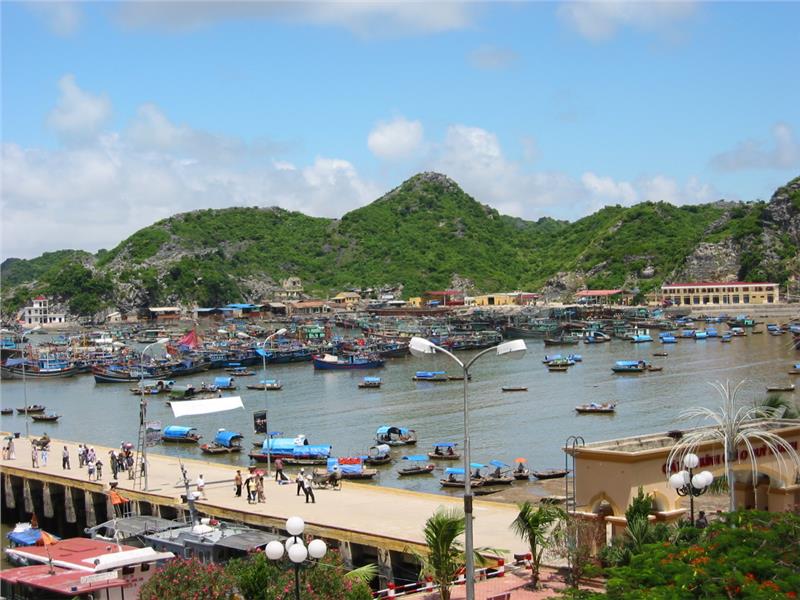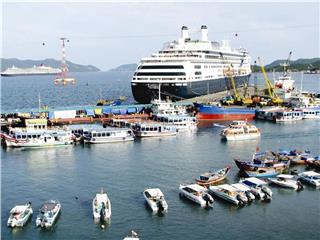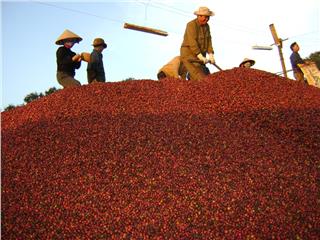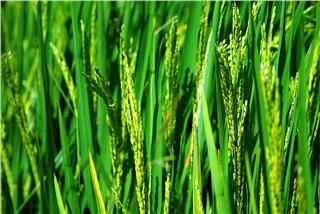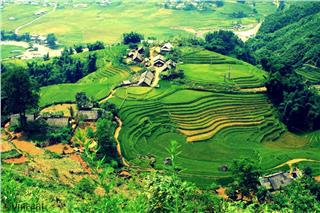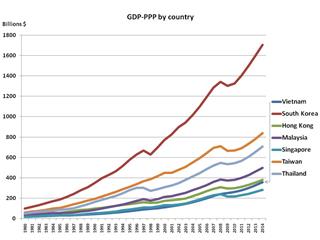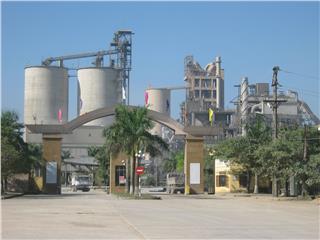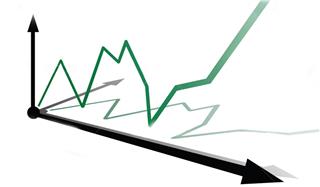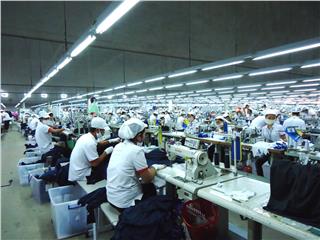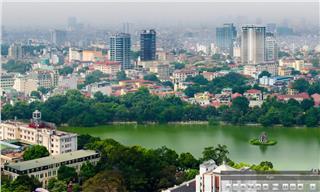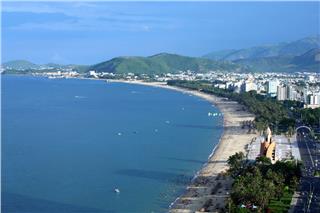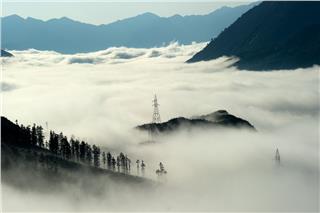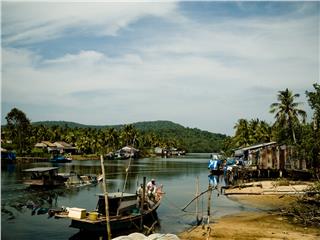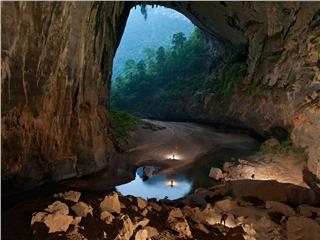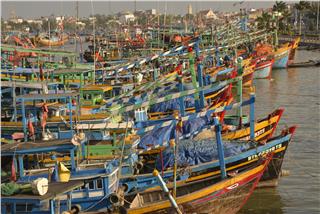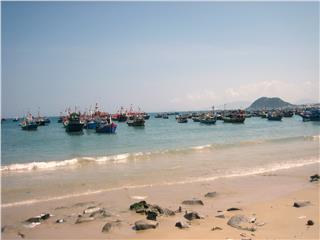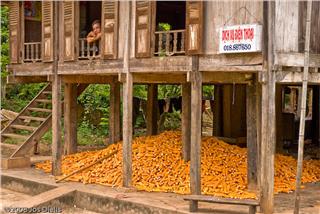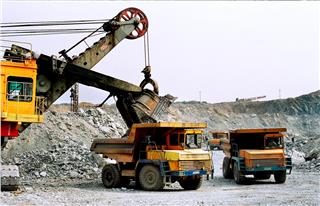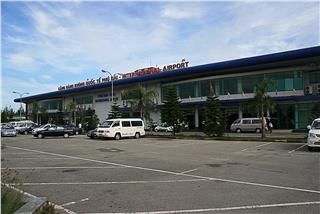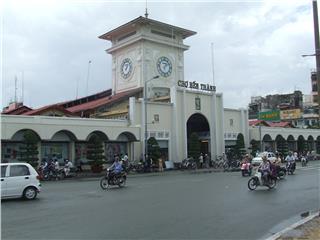With rich natural resources and favorable geography, economy in Red River Delta has a plenty of favorable conditions to reach the comprehensive economic development.
Having six provinces (Hanoi, Hung Yen, Hai Phong, Hai Duong, Bac Ninh and Vinh Phuc) listed in the Northern Key Economic Zone of Vietnam, the Red River Delta plays a very important role in the development of Vietnam economy. Besides, with the presence of Hanoi capital, the Red River Delta is also the leading region in terms of politics, culture, science and technology in Vietnam. According to the statistics in 2010, the proportion of GDP in the Red River Delta contributed to the whole country was 24.7 % while the proportion of exports reached at 32.5 %. In recent years, the Red River Delta economy has tended to increase in fields of industry and construction and decrease in agriculture, forestry and fisheries. The percentage of service nearly reached 50%.
Advantages – Disadvantages
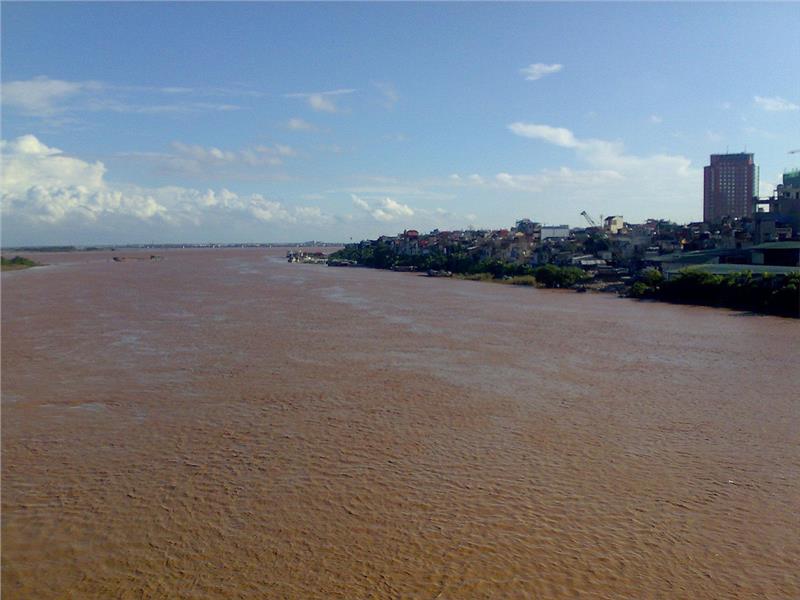
The humid subtropical climate with hot and humid summers and cold and dry winter creates the diverse structure of plants for the region. Besides, the terrain of the region is relative flat with a dense river system creating favorable conditions for the development of transportation and infrastructure. The infrastructure in Red River Delta has been strongly developed. Specifically, the region has a diverse transport system including National Highway 1A, North-South Railway, international airports (Noi Bai, Cat Bi, Hai Phong), major ports (Hai Phong, Cai Lan, Diem Dien…) and national river routes (Red River, Duong River, Day River). The marine resources here is also quite rich with 400 km of coastline, which will bring the Red River Delta great advantages to develop economic sectors such as fishing, aquaculture, transport, and tourism.
Agricultural land is the basic resources of the Red River Delta. It is estimated that there are over 103 million hectares of land has been using, which accounts for 82.48% of the natural land in the region and occupies 5.5% the land used of the whole country. Therefore, the region has the highest area of land used in comparison to the whole country. Besides, the land here is suitable for growing rice, vegetables and short term industrial crops.
The large population and high population density has put pressure on natural resources. Erratic weather and natural disasters restrict the development of the region. The dense and rich river system sometimes causes troubles. Specifically, in rainy seasons, the large flow of water often causes flooding. On the other hand, in the dry seasons, the amount of water in rivers is only 20 – 30% of the annual water causing dehydration. Hence, to gain the stabilization of production, especially in agriculture, it requires building irrigation systems and dykes to prevent flood and salinity.
Economic sectors
Agriculture
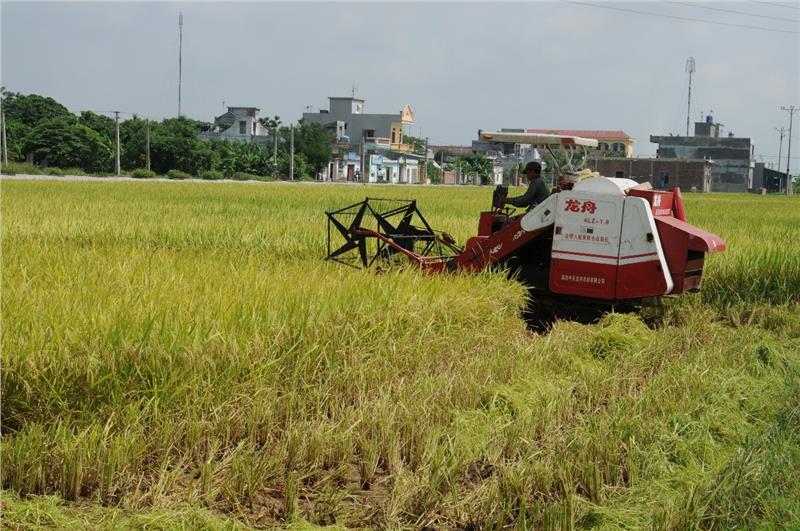
The Red River Delta is one of two biggest granaries in Vietnam. Agriculture in Red River Delta plays an important role in Vietnam agriculture. The region takes the responsibility for providing food assistance to the Northern provinces and for exports as well. In recent years, the rice yield of the region has still increased each year. And what’s more, not only rice yield, but also the productivity of other crops like corns, potatoes, tomatoes, fruit trees and so on increase in both quantity and quality bringing the economic efficient for the region. Besides, livestock (pigs, cows, and poultry) has been strongly developed. Some provinces including Thai Binh, Hai Phong, and Nam Dinh are located adjacent to the sea, which have favors in development of aquaculture and fishery.
Industry
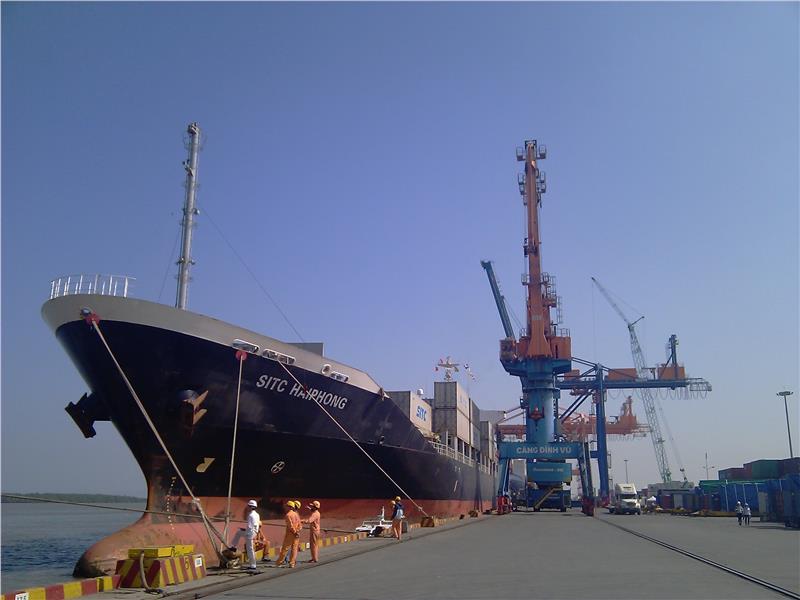
Some popular industries in the Red River Mekong Delta are metallurgical, engineering, materials for construction, food processing, consumer goods manufacturing, and thermal power. The mining industries consist of oil, limestone, and kaolin clay. The places where have the most number of industries are Hanoi, Hai Phong, and Nam Dinh.
Service
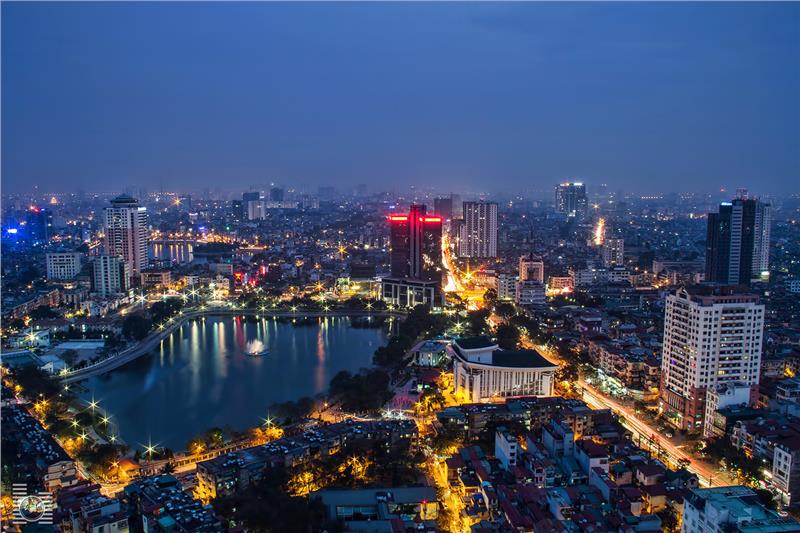
Postal services and currency trading services (credit, banking, insurance, treasury, and lottery) in the Red River Delta has the outstanding development in comparison to other regions in Vietnam. These two kinds of services have contributed a lot to the GDP of the region. Besides, the Red River Delta is the leading center in fields of consultant, information, and technology transfer. The region is also one of two largest financial and banking centers of Vietnam.
The transportation services are also strongly developed thanks to the favorable terrain. Being known as the largest commercial center of the country, the Red River Delta has assumed the distribution function of commodity for Northern provinces and some other provinces in the Central of Vietnam. Besides, tourism in Red River Delta is pretty developed as well. Hanoi and Ninh Binh are the most attracting places for tourists with many beautiful landscapes such as Trang An complex, Hanoi Old Quarter, West Lake and so on.
Economic development orientation
The orientation of economy in Red River Delta up to 2020 is expected to reach proportion of GDP from 24.7% (2010) to 26.6% (2015) and 28.7% (2020); increase per capita income to 2, 500 USD (2015) and 4, 180 USD (2020) (account for one third of the whole country). Besides, the objectives in 2020 of the region are to reach 7-7.5% the proportion of agriculture in GDP of the region, 45 – 47% of industry and construction and 46 – 48 % of service. Exports will increase 16 – 18% per year; trade surplus will reach 3 – 4 billion USD one year. The average speed of technological innovation is approximately 20% per year.
